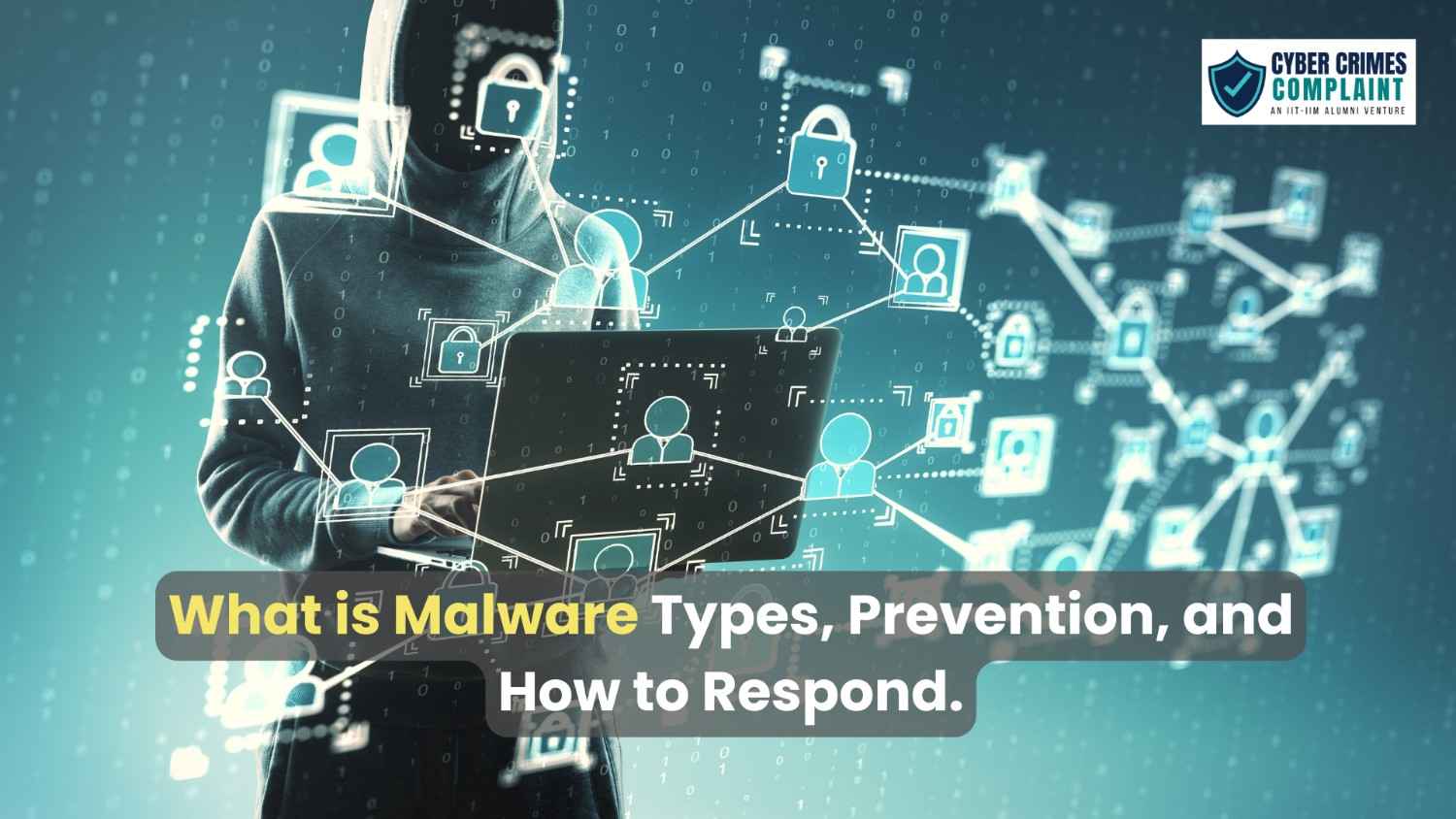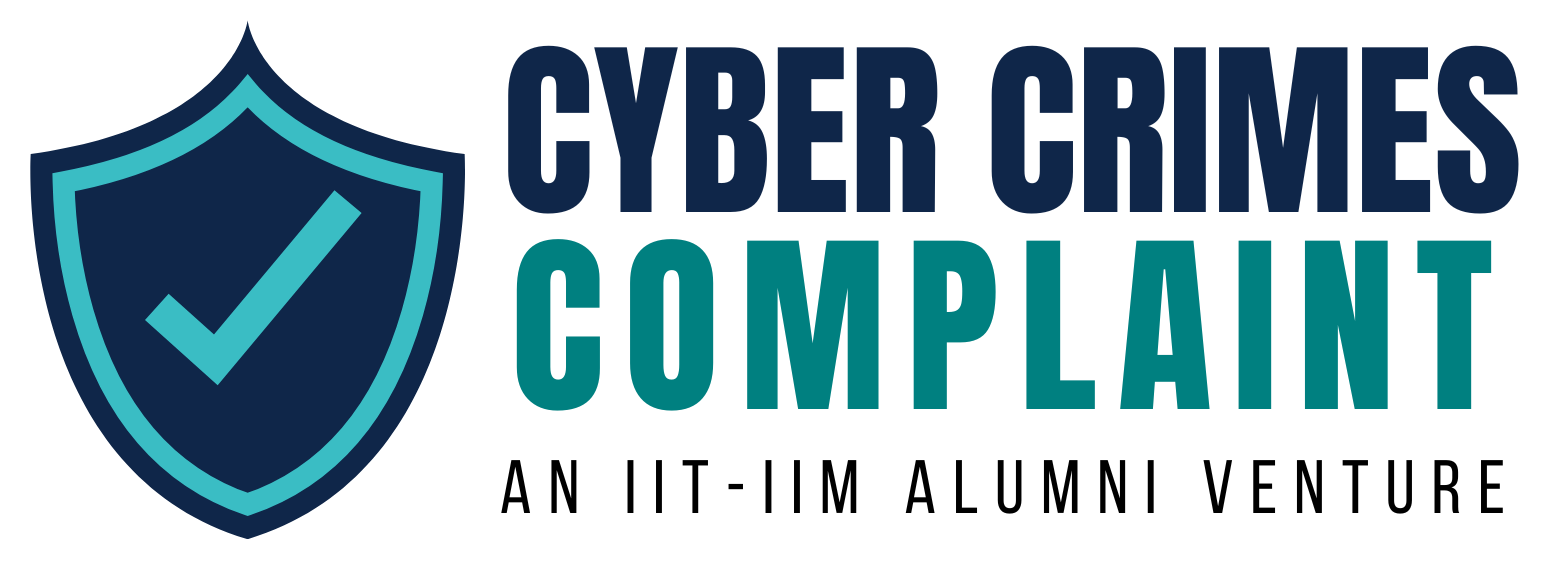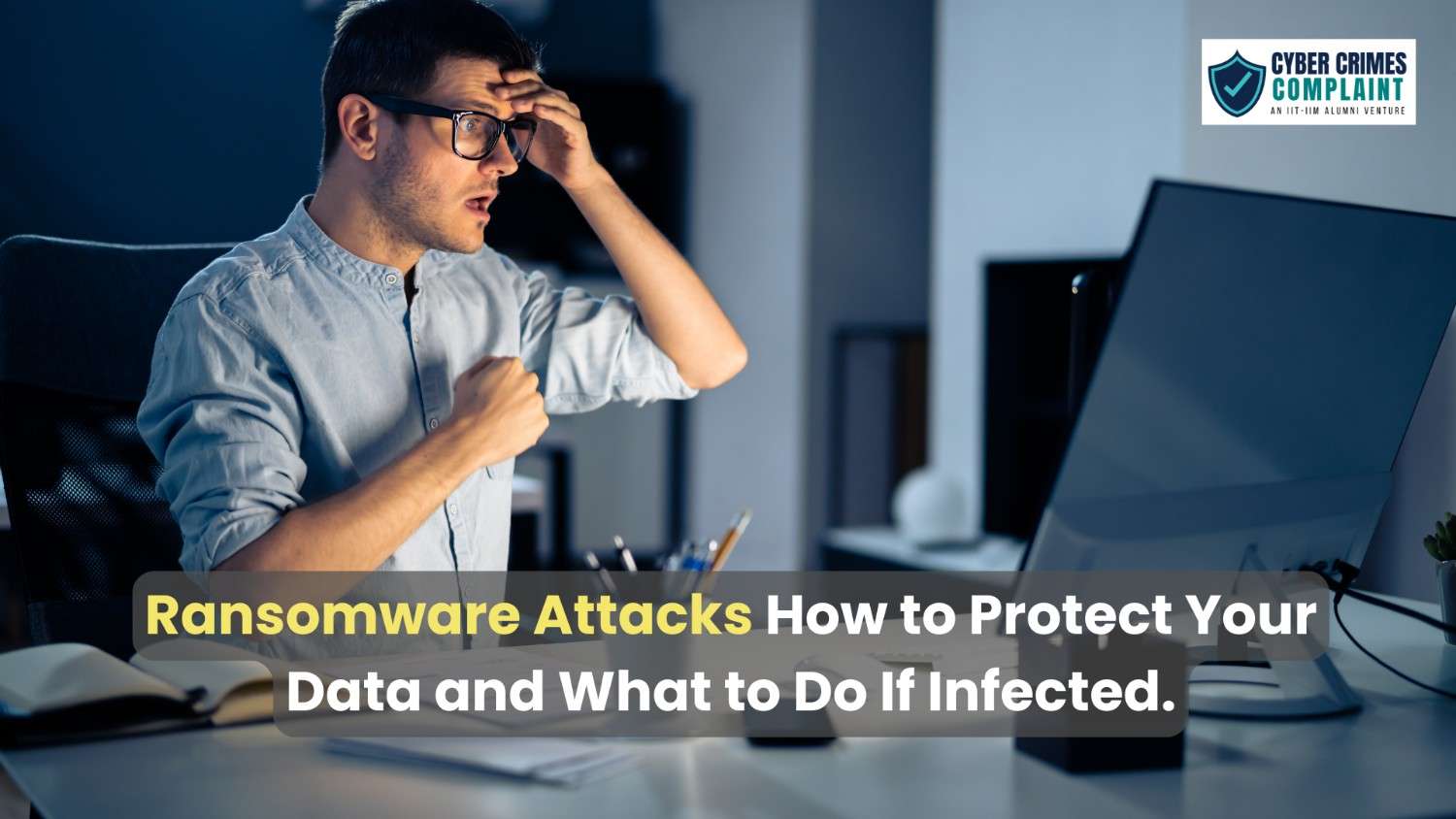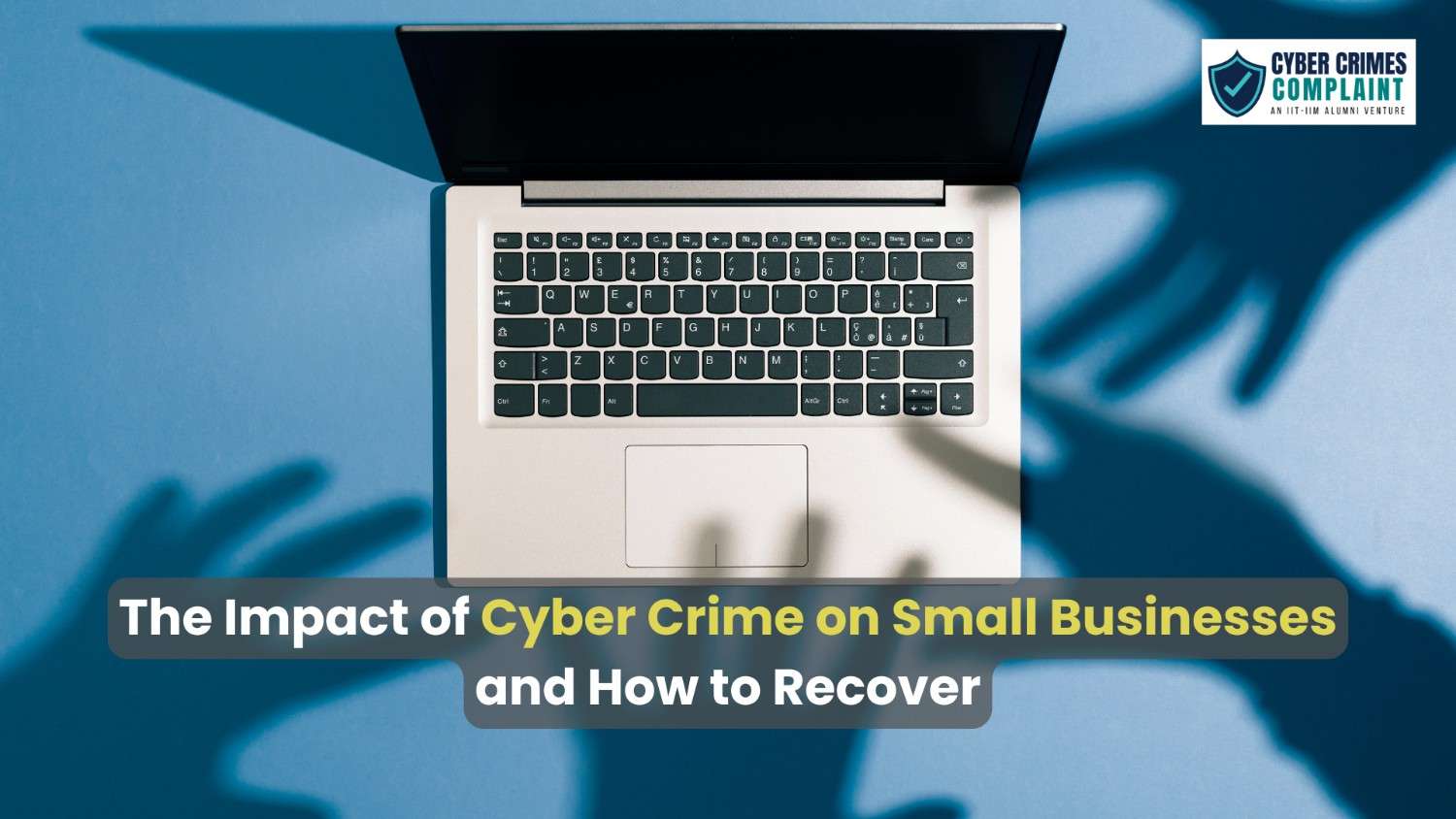· Cybersecurity · 6 min read
What is Malware? Types, Prevention, and How to Respond
Malware poses a serious threat to personal and organizational security in the digital age. This guide covers what malware is, its various types, how it works, and essential steps for prevention and response. Stay informed and protect your devices and data effectively.

In today’s digital world, malware is one of the most common threats to personal and organizational security. From stealing data to damaging devices, malware can cause severe problems. This guide will explain what malware is, its different types, how to prevent it, and what to do if you’re affected.
What is Malware?
Malware, short for “malicious software,” refers to any program or file intentionally designed to harm, exploit, or otherwise compromise the function or security of a device or network. Malware comes in many forms, each with unique characteristics and intentions, but they all aim to disrupt, steal, or control.
How Malware Works
Malware typically spreads through deceptive methods like phishing emails, infected downloads, and malicious websites. Once on a device, it can execute various harmful activities, including stealing personal information, corrupting files, or even taking control of the device.
Types of Malware
Viruses
Viruses are pieces of code that attach themselves to clean files and spread to other files on a system. They’re designed to damage data or software and can spread to other systems if the infected files are shared.Worms
Unlike viruses, worms can replicate themselves without needing to attach to a host file. They spread independently across networks and can overload systems, leading to crashes and reduced performance.Trojans
Trojans disguise themselves as legitimate software to trick users into installing them. Once inside a system, they can perform a range of malicious activities, from stealing data to opening backdoors for other malware.Ransomware
Ransomware encrypts files on a user’s device, making them inaccessible until the victim pays a ransom. Ransomware attacks are becoming increasingly sophisticated and can target both individuals and large organizations.Spyware
Spyware monitors user activity and gathers information, such as browsing habits, keystrokes, and personal details. It often operates in the background without the user’s knowledge, making it particularly dangerous.Adware
Adware displays unwanted advertisements on a user’s device. Although not always harmful, adware can slow down devices and lead to other malware infections if it directs users to malicious websites.Rootkits
Rootkits are designed to hide deep within a system, allowing hackers remote access and control. Rootkits are challenging to detect and often require specialized tools to remove.Keyloggers
Keyloggers record every keystroke made on a device, potentially capturing sensitive information like passwords and credit card numbers. Hackers use this data to steal personal and financial information.Botnets
Botnets are networks of compromised devices controlled by hackers. They can be used to launch large-scale attacks, such as DDoS (Distributed Denial of Service), which overwhelm targeted systems.Fileless Malware
Fileless malware operates entirely in a computer’s memory, making it difficult to detect with traditional antivirus programs. It doesn’t rely on files or signatures, which makes it challenging to trace.
How to Prevent Malware
Prevention is the best defense against malware. By following these tips, you can minimize your risk of infection:
Install Reliable Antivirus Software
Use reputable antivirus software to detect and remove malware from your device. Many antivirus programs offer real-time protection that actively scans for threats.Keep Your Software and Devices Updated
Malware often exploits vulnerabilities in outdated software. Keep your operating system, applications, and security software updated to protect against known security holes.Be Cautious with Email Attachments and Links
Phishing emails are a common method for distributing malware. Avoid clicking on links or downloading attachments from unknown or suspicious sources.Use Strong, Unique Passwords
Strong passwords make it harder for malware to compromise your accounts. Use a combination of letters, numbers, and symbols, and avoid reusing passwords across different accounts.Enable Two-Factor Authentication (2FA)
Two-factor authentication adds an extra layer of security to your accounts, making it more difficult for hackers to gain access even if they have your password.Avoid Public Wi-Fi for Sensitive Transactions
Public Wi-Fi networks are often insecure, making them a target for malware. Avoid accessing sensitive accounts on public networks, or use a VPN for added security.Download Apps Only from Trusted Sources
Downloading software from unknown or untrusted sources increases your risk of malware. Stick to official app stores and verified websites.Use a Firewall
A firewall can block unauthorized access to your network, protecting your device from certain types of malware. Make sure your firewall is active and properly configured.Regularly Back Up Your Data
In case of a ransomware attack or other severe malware infection, having backups of your data can save you from permanent data loss. Keep backups on an external drive or secure cloud storage.Educate Yourself and Others About Cybersecurity
Understanding the risks of malware and practicing safe online behavior can significantly reduce your chances of infection. Share these tips with family and friends to help keep everyone safe.
How to Respond to a Malware Infection
If your device becomes infected, acting quickly can help minimize the damage. Here are some steps to take if you suspect malware:
Disconnect from the Internet
Disconnecting your device from the internet can prevent malware from spreading further and stop remote access if a hacker is controlling your device.Run a Malware Scan
Use antivirus or anti-malware software to scan your device and identify any malicious programs. Make sure your software is up-to-date for the best detection capabilities.Remove Infected Files
If your antivirus software identifies infected files, follow its instructions to quarantine or delete them. This process removes the immediate threat from your system.Change Your Passwords
After removing the malware, change the passwords for any accounts you accessed on the infected device, especially sensitive ones like banking and email.Monitor Your Accounts
Check your financial and online accounts for any signs of unauthorized access. If you notice suspicious activity, contact the relevant institution immediately.Reinstall Your Operating System (If Necessary)
If the infection is severe, consider reinstalling your operating system. This step wipes your device clean, removing all malware but also deleting all files and applications, so be sure to back up essential data first.Inform Relevant Contacts
If you suspect malware has spread through your email or social media, inform your contacts so they can take precautions to avoid infection.Consider Professional Help
If the malware is complex or difficult to remove, seek help from cybersecurity professionals. They can provide advanced tools and expertise to completely clean your device.
Conclusion
Malware is a persistent and evolving threat that can compromise your privacy, finances, and peace of mind. By understanding the types of malware, implementing preventative measures, and knowing how to respond to an infection, you can protect your devices and data from potential harm. Staying vigilant and practicing safe online behavior are your best defenses against these digital threats.


.v6LwWvSx.jpeg)
